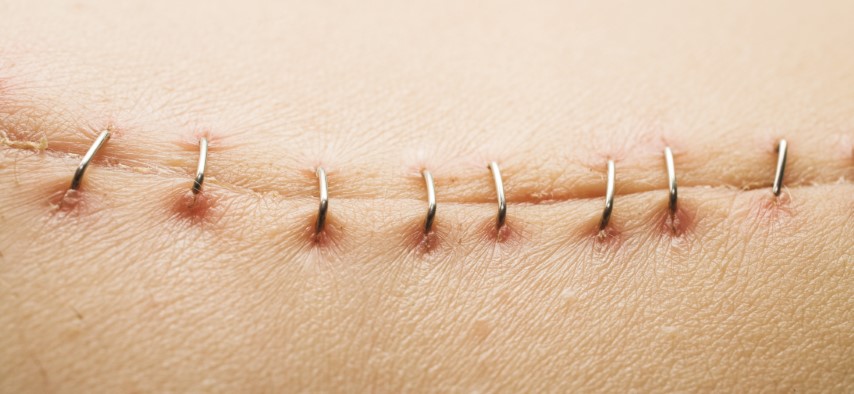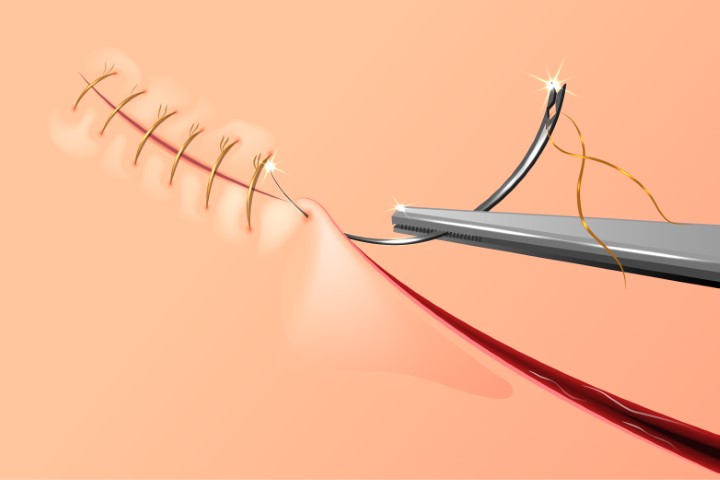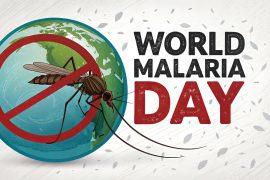Surgical sutures, also known as stitches, are the most common medical devices used by doctors during surgeries. This involves using sterile surgical threads to repair and close wounds to the skin or the other tissues. These sutures help in holding the tissues together after a surgery or injury. Suturing involves the usage of a needle attached to a thread to stitch the wound firmly and close it. Thanks to several advancements in the medical field, doctors have access to a variety of sutures that come in different shapes, sizes, and materials.
Classification of Sutures
Surgical sutures can be classified based on several different factors. Some of them are:
Absorbable: An absorbable suture refers to the type of suture that does not require a doctor to remove. These sutures are dissolved by hydrolosis and the enzymes found in the tissues of the body. The types of absorbable sutures include Polyglycolic Acid Sutures, Polyglactin 910, Poliglecaprone 25, Catgut, and Polydioxanone sutures.
Non – Absorbable: These sutures are made up of materials such as silk or synthetics. These sutures will not be absorbed by the skin, unlike absorbable ones, and have to be removed by your doctor. Non – absorbable sutures are usually used on skin wounds(not needed) The types of non – absorbable sutures include Polypropylene sutures, Nylon (polyamide), Polyester, PVDF, Silk, and Stainless Steel sutures.
Monofilament sutures: As the name suggests, monofilament sutures comprise a single thread, which provides a better passage through the tissues, in a smooth manner. It also leads to lower tissue reactions.
Multifilament sutures: The multifilament sutures are also known as braided sutures. It consists of several threads braided together, leading to better security. If not taken care of properly it can lead to the chances of infection, hence always available with a coating material to avoid infection and for the smooth passage through tissues.
Barb sutures: These sutures have barbs or projections that can penetrate the tissues and hold them without the need for knots.
Synthetic and Natural Sutures
Surgical sutures can be divided into two types based on the raw material used in making them. Natural sutures include silk and catgut sutures, while synthetic sutures are made with materials such as polyester, nylon, and more.
Now that we know about sutures and their classification, let’s understand how to take care of the wound after undergoing the suturing procedure.
What measures can be taken to relieve suture pain?
As the sutured wound heals, you will be advised by your doctor to take proper care of the sutures, which includes cleaning and dressing your wound. There are some things you must keep in mind while the suture wound heals. It is extremely important to keep the wound dry, especially for the first 24 hours, as it will need time to heal and exposure to moisture will slow it down. You must make sure that you do not soak the wound in any given situation or swim when the sutures are on. Use only ointments and medicines given by your doctor.
Removing the sutures is a quicker process than suturing a wound, and it is not too painful. You may feel a slight stinging sensation or a pull on the skin. In some cases, you may also experience inflammation in the sutured area. You can use ice packs to reduce inflammation and pain.
How harmful is it to leave sutures in for longer than 7 days?
Sutures should usually be removed within 1 – 2 weeks of the procedure, depending on the location of suturing. If the non-absorbable sutures are used inside of the body, it remains in the body forever giving permanent support to the wound. The non-absorbable sutures used on the skin should be removed. Removing the sutures at the right time reduces the risk of permanent scarring, infection, or tissue reaction. However, if the sutures are removed too soon, it may result in dehiscence and spread of the scar. In simpler terms, the higher the wound tension, the higher the duration of a suture. In terms of location, facial sutures should be removed in a week, scalp sutures in 10 days. Sutures in the trunk or hands should be allowed to stay for 1-2 weeks, while in the case of legs, it should be around 2-3 weeks.
What happens if the sutures are not removed on time from the skin?
If the sutures are left on the skin for a longer period compared to the actual time of removal, it may lead to permanent scarring. Also, after a point in time, new skin will start growing over and through the sutures. In this case, it will be difficult for the doctors to remove the sutures, and also extremely painful for the patient.
Will the suture mark go away completely?
A suture mark may never go away completely. However, they fade with time. During the initial few months, the reddish pigment of the scar will start turning pale. In most scenarios, it takes around 2 years for a scar to fully mature. The permanent look of the scar depends on the nature of the wound, the underlying skin condition, and the extent of self-care measures taken post suturing. In areas that have rich muscles below the skin, the scarring is usually denser. Scarring is the body’s defense mechanism to help prevent infections.
Do the removal of surgical staplers hurt?



The removal of surgical skin staples is usually not a painful process. You may feel a tugging or pinching sensation when the staples are being removed. While removing the skin staples your doctor will remove any wound dressing covering the area and look for signs of an infection or issues with the wound. The sutured area will be sterilized with antiseptics before the staples are removed. Apart from a slight stinging sensation, the process is very smooth. Although suturing is a very simple medical procedure that does not have a lot of side effects, it is equally important to take the right care measures. Pay attention to what your doctor says and take precautions to keep the sutured area clean and protected. Follow the right suture care and speed up the healing process!





Comments are closed.